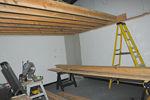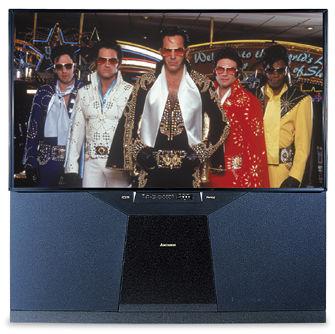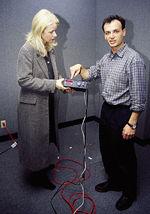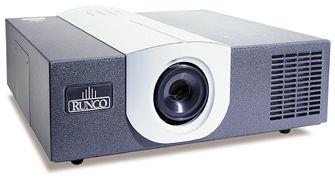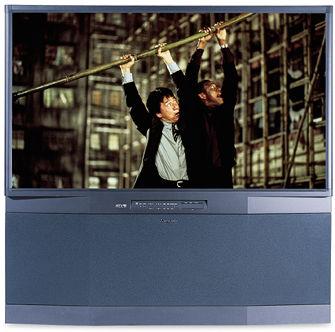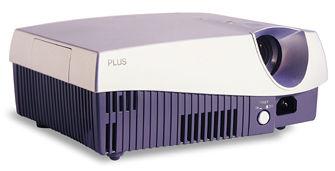Mike Wood
|
Nov 04, 2002 |
Published: Nov 05, 2002
|
Oct 05, 2002 |
Published: Oct 06, 2002
|
Aug 05, 2002 |
Published: Aug 06, 2002
|
Apr 09, 2002 |
Published: Apr 10, 2002
|
Dec 29, 2001 |
Published: Dec 30, 2001
|
Sep 04, 2001 |
Published: Sep 05, 2001
